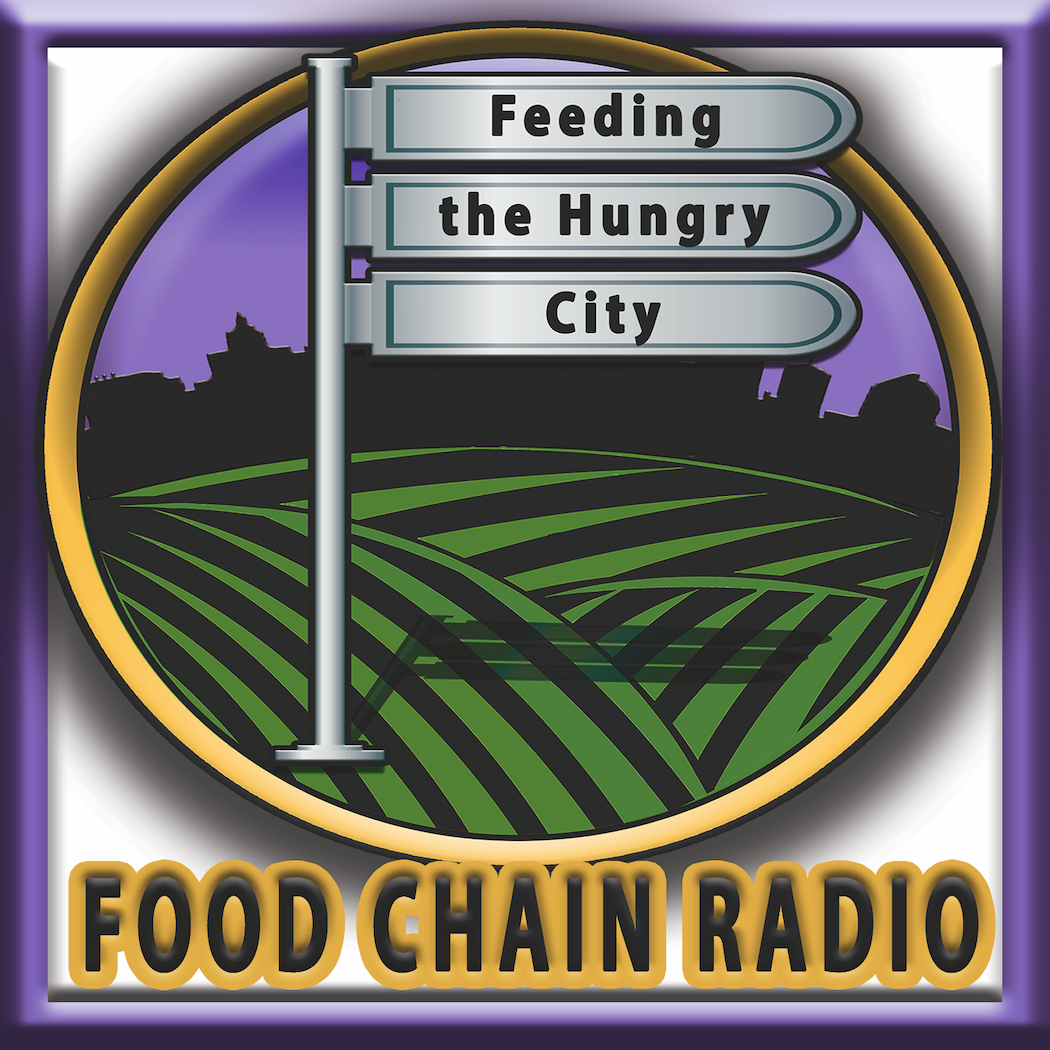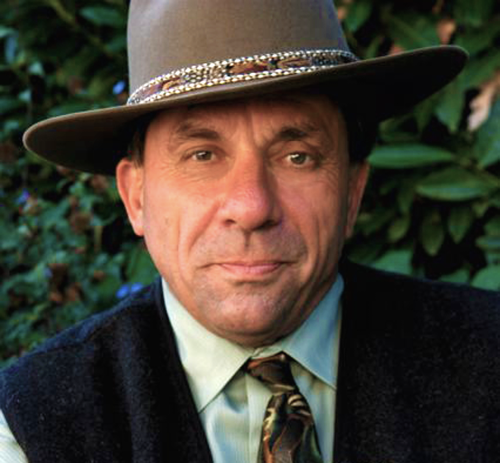
Covid’s Money v. Ivormoctons’s* Cure
September 10, 2021The Dead Trees of Interstate 5
September 29, 2021GUEST: Rob Bennaton University of California Cooperative Extension Urban Agriculture Advisor
A couple of decades ago, I was standing on a hilltop overlooking the Rogue Valley of Southern Oregon. The occasion was the taking of an establishing shot for a piece on survivalists for NBC Magazine with David Brinkley.
With the camera rolling our talent, Jack Perkins, said, “Beyond you can see the Rogue Valley. This is where the survivalists feel safe enough to live.” And indeed, one could see numerous small survival ranchettes dotting the fertile valley’s floor. But nowhere could one see crops growing. And so, on an impulse, I turned to our guide, Nancy Mack Tappan, and said, “We should make a pamphlet on how to make money by farming those small parcels of land!”
Nancy said, “That’s a great idea!” And a few weeks later she called to say, “Michael, I’ve sold your book to a publisher! When can you finish it?”
When I went looking for who made money farming small parcels of land, I ran across a very interesting statistic in the Census of Agriculture. Whereas the average acre of farmland in the heart of America’s heartland was earning a little over $300 per acre each year, the average acre of farmland in the City of San Francisco was earning $76,421 per acre each year. Clearly, the money is in the city!
A decade later I published MetroFarm: The Guide to Growing for Profit In Or Near the City, for the City.
In an era of get-big-or-get-out agriculture, MetroFarm was greeted as a heresy by conventional agriculture. I was told, in many different ways, “You can’t succeed by being small, you have to be big!”
But wait! This just in: Fox Business reports that North America’s largest wholesale food distributor, Sysco Foods, recently had to stop delivering food to some of its customers around the country due to unprecedented labor shortages. And in an earnings call to its investors, Sysco reported that food shortages and price increases are putting a lot of pressure on its ability to generate a profit.
That the nation’s biggest wholesale food company could not deliver leads us to ask:
Leave Comment Below: Should the city relearn how to feed itself?
Michael Olson’s Three Laws of the Food Chain
#1 Agriculture is the foundation upon which we build all our sand castles.
#2 The farther we go from the source of our food, the less control we have over what’s in that food.
#3 Cheap food isn’t! READ MORE





1 Comment
Great show! I’m putting together a brand new food forest in a part of my pasture I can’t use because the neighbors are horrible to my goat herd. AND, I just installed a high tunnel to demonstrate how to create a food forest in that building. We need ideas for innovation and this show was terrific for that.